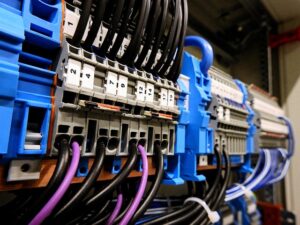Recognize common electrical malfunction symptoms like flickering lights, frequent circuit breaker trips, burning smells, and warm outlets. Turn off power at main breaker/fuse box and consult a electrician for safe troubleshooting. Prioritize safety with insulated gloves, testing voltage, and eye protection. Perform basic troubleshooting before calling an electrician. Understand the roles of circuit breakers and fuses as safety components. Seek professional help for severe issues like frequent outages, persistent smells, sparking wiring, or jolts.
Are you tired of flickering lights or power outages? Learning to troubleshoot and fix electrical malfunctions can save you money and keep your home safe. This guide equips homeowners with essential knowledge, covering everything from identifying common symptoms like circuit breaker trips to understanding fuses. Discover basic troubleshooting steps for power outages and when it’s time to call a professional electrician for complex issues. Stay empowered – knowing how to manage your home’s electricity can be a real game-changer.
- Identify Common Electrical Malfunction Symptoms
- Safety Precautions for Homeowners Before Fixing
- Basic Troubleshooting Steps for Power Outages
- Understanding Circuit Breakers and Fuses
- Professional Help: When to Call an Electrician
Identify Common Electrical Malfunction Symptoms
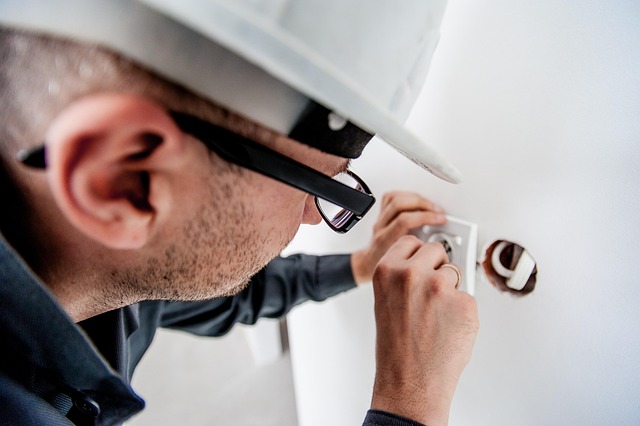
Recognizing common electrical malfunction symptoms is the first step in troubleshooting and fixing issues. Look out for signs like flickering lights, circuit breakers tripping frequently, burning smell, or warm/overheated outlets. These indicators often point to problems with wiring, overloaded circuits, faulty appliances, or even more serious issues like short circuits or arcing.
When you notice any of these symptoms, it’s crucial to act swiftly by turning off the main power supply and consulting a qualified electrician. An expert can identify the root cause through careful inspection, diagnostic testing, and safe disassembly of electrical components to ensure effective and lasting fixes.
Safety Precautions for Homeowners Before Fixing
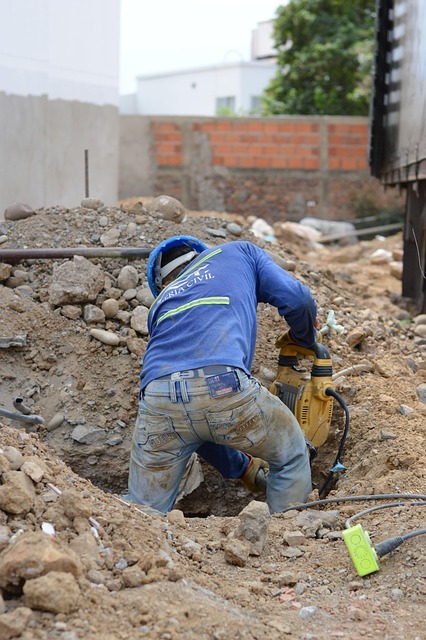
Before attempting any electrical repairs, homeowners should prioritize safety by understanding basic precautions. It’s crucial to turn off the power at the main circuit breaker or fuse box before starting work. This simple step prevents accidents and ensures a safe environment for troubleshooting. Additionally, testing for power with a voltage tester is essential; this tool helps confirm that the current has been disconnected, minimizing the risk of electrocution.
Proper safety gear, such as insulated gloves and safety glasses, should be worn during any electrical repair. These precautions are vital to protect against potential hazards like exposed wires or unexpected sparks. If the malfunction seems complex or you’re unsure about any aspect, it’s wise to consult a licensed electrician who can offer expert guidance and ensure the work is done safely and effectively.
Basic Troubleshooting Steps for Power Outages
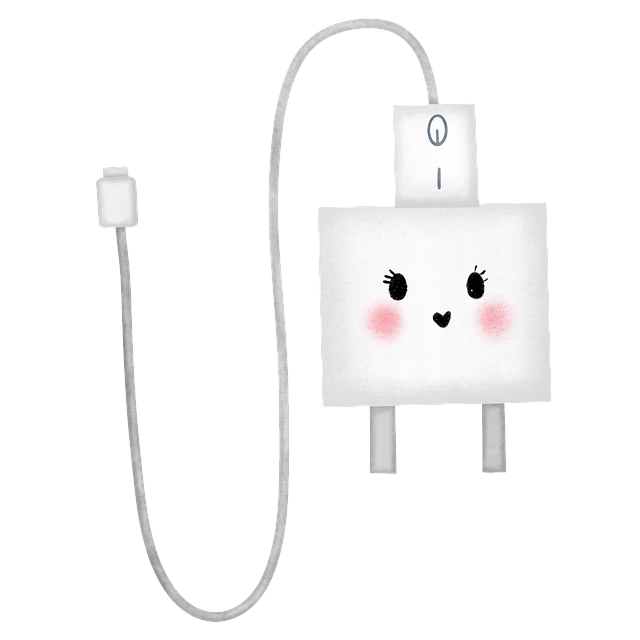
When faced with a power outage, before calling an electrician, there are several basic troubleshooting steps you can take to diagnose and potentially fix the issue. Start by checking your circuit breakers or fuse box for any tripped switches or blown fuses. Resetting these can restore power to affected areas. Verify if nearby electrical panels or equipment have experienced similar issues, as a problem might be localized rather than widespread.
Next, inspect visible electrical connections for loose or damaged wires. Ensure that all appliances and devices are properly plugged in and that the outlets themselves are functioning correctly. Check your home’s electrical panel for any signs of damage or unusual activity. If issues persist, consider more complex problems like faulty wiring or a broken main circuit breaker, which may require professional attention from a qualified electrician.
Understanding Circuit Breakers and Fuses
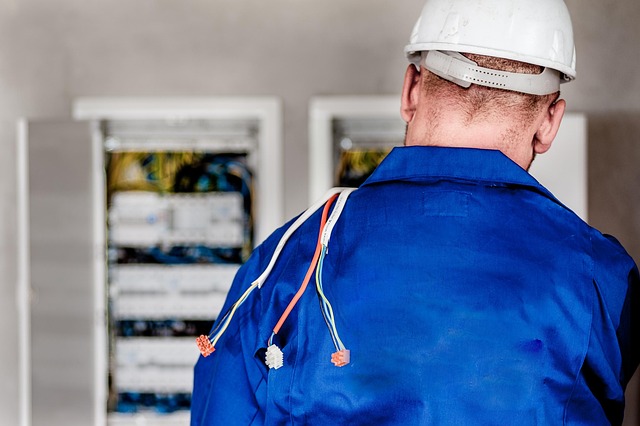
Circuit breakers and fuses are essential safety components in any electrical system, serving as a defense mechanism against overloading and short circuits. These devices are designed to protect both your home’s wiring and electrical appliances by interrupting the flow of electricity when they detect an abnormal condition. An electrician will often recommend checking these components as a first step when troubleshooting electrical malfunctions.
Circuit breakers, commonly found in service panels, reset automatically after a trip, allowing electricity to flow again. Fuses, on the other hand, are one-time use devices; once they blow, they need to be replaced. Both play a crucial role in preventing damage and ensuring the safe operation of electrical systems, making their understanding vital for anyone seeking to troubleshoot and fix electrical malfunctions effectively.
Professional Help: When to Call an Electrician

Many electrical issues can be addressed with some basic troubleshooting, especially if they’re minor and isolated problems like a flickering light or a tripped circuit breaker. However, there are times when do-it-yourself methods simply aren’t enough—and that’s when calling in a professional electrician is crucial.
Signs that it’s time to call an electrician include frequent power outages, persistent electrical smells (like burning rubber), sparking wiring, or any situation where you feel an unexpected jolt of electricity. These could indicate more serious issues like faulty wiring, circuit overload, or even potential fire hazards. An experienced electrician has the tools and expertise to diagnose and rectify these problems safely, ensuring your home’s electrical system is up to code and reliable.
Electrical issues can be daunting, but with the right knowledge, many common problems can be safely troubleshoot and fixed. By recognizing symptoms like flickering lights or circuit breakers tripping, homeowners can take proactive measures using basic troubleshooting techniques for power outages. Understanding circuit breakers and fuses is essential for safety. However, for more complex or unfamiliar problems, it’s always best to call a professional electrician for expert help. Don’t overlook the importance of regular maintenance and inspections to prevent future malfunctions and ensure your home’s electrical system operates safely and efficiently.
